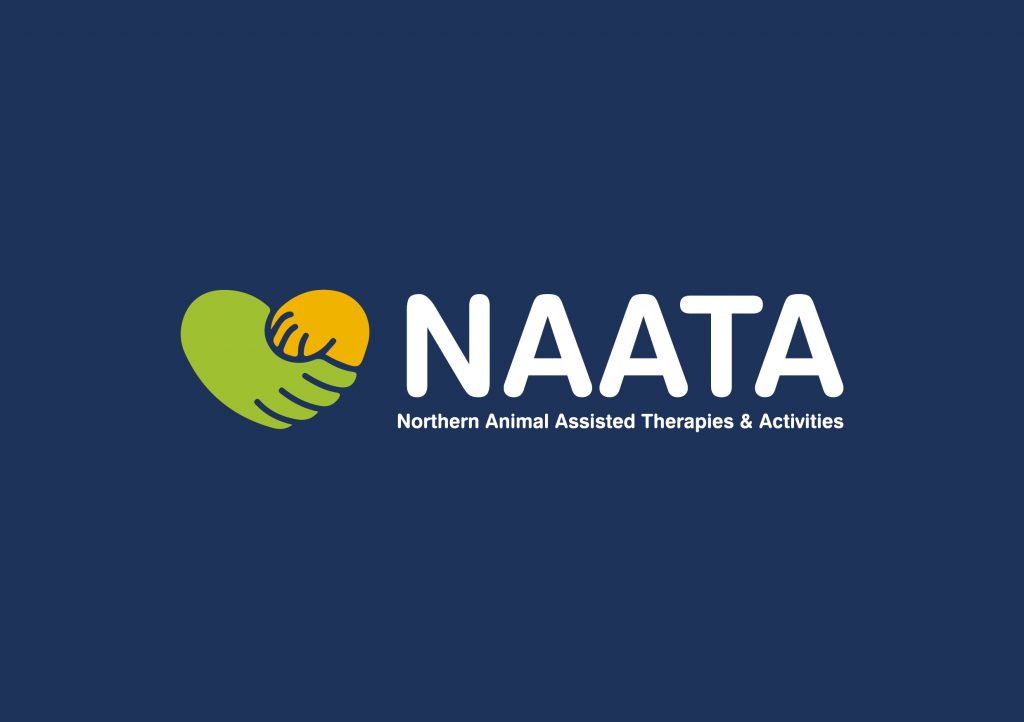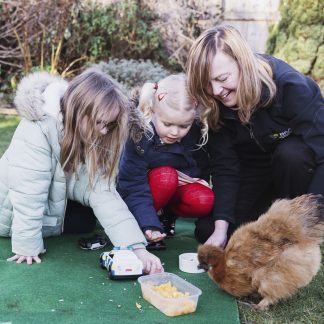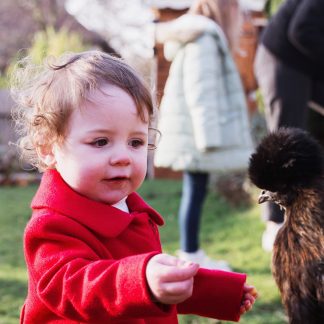
NAATA Safeguarding Statement
Like all organisations who come into contact with children, young people or vulnerable adults, NAATA has a duty to protect them from harm. This duty is legally prescribed under the ‘Children Act 1989’ and ‘Children Act 2004’ and reviewed in the ‘Children and Social Work Act 2017’
NAATA seeks to improve the wellbeing and communication development of children. Many children (especially those with developmental and/or communication difficulties,) will have no capacity or limited capacity to tell us verbally about things that have happened to them. They are more likely to struggle to communicate things they are worried about. Because of this they may be particularly vulnerable.
At NAATA we will listen to what children tell us if they communicate that they have come to harm or are at risk of coming to harm and we will act to protect them. We will listen to them if they talk to us in words about this but we will also be sensitive to non-verbal communications such as gesture.
Our lead member, Lesley Forrester, is responsible for producing this policy statement, reviewing it annually and keeping up to date with information and advice that informs our safeguarding practices. All staff and volunteers working at NAATA are aware of, and share the responsibility to keep children and young people safe. They are made aware of what to do if they have concerns about the safety of a child or young person, or if a child or young person indicates that they feel at risk or that they have already been harmed.
In such a circumstance any volunteer or staff member will;
• Tell the child or young person that their safety and wellbeing is important to us and reassure them that they have been believed
• Explain that they will try to help the child or young person (but not promise to keep the information secret)
• Promptly write down what was said or observed in plain English and note the time, the date and the situation they and the child were in.
• Contact the lead member, Lesley Forrester.
Depending upon the nature of the concern the next action might be;
• To speak to a parent or care-giver in order to gather further information and better understand the context of the safeguarding concern, and to offer support as appropriate. (We will do this in all cases except situations where we believe sharing the concern might actually put the child at increased risk.)
• Refer the information to the relevant Local Authority Children’s Services dept or the police in certain circumstances.
The role of the lead person for safeguarding
The lead person will review and update NAATA’s policy statement annually and will maintain up to date contact details for the Local Authority Children’s Services dept and the Local Safeguarding Children’s Board. They will also gather and update information about local safeguarding procedures.
The lead person will be available at any time to staff or volunteers to discuss any safeguarding concern they have, to provide support and to formulate an action plan according to local safeguarding procedures.
This statement is written in accordance with policy guidance’ Working Together to Safeguard Children’ DfE (2018)



